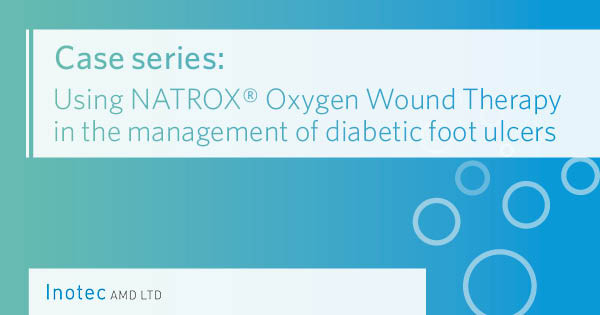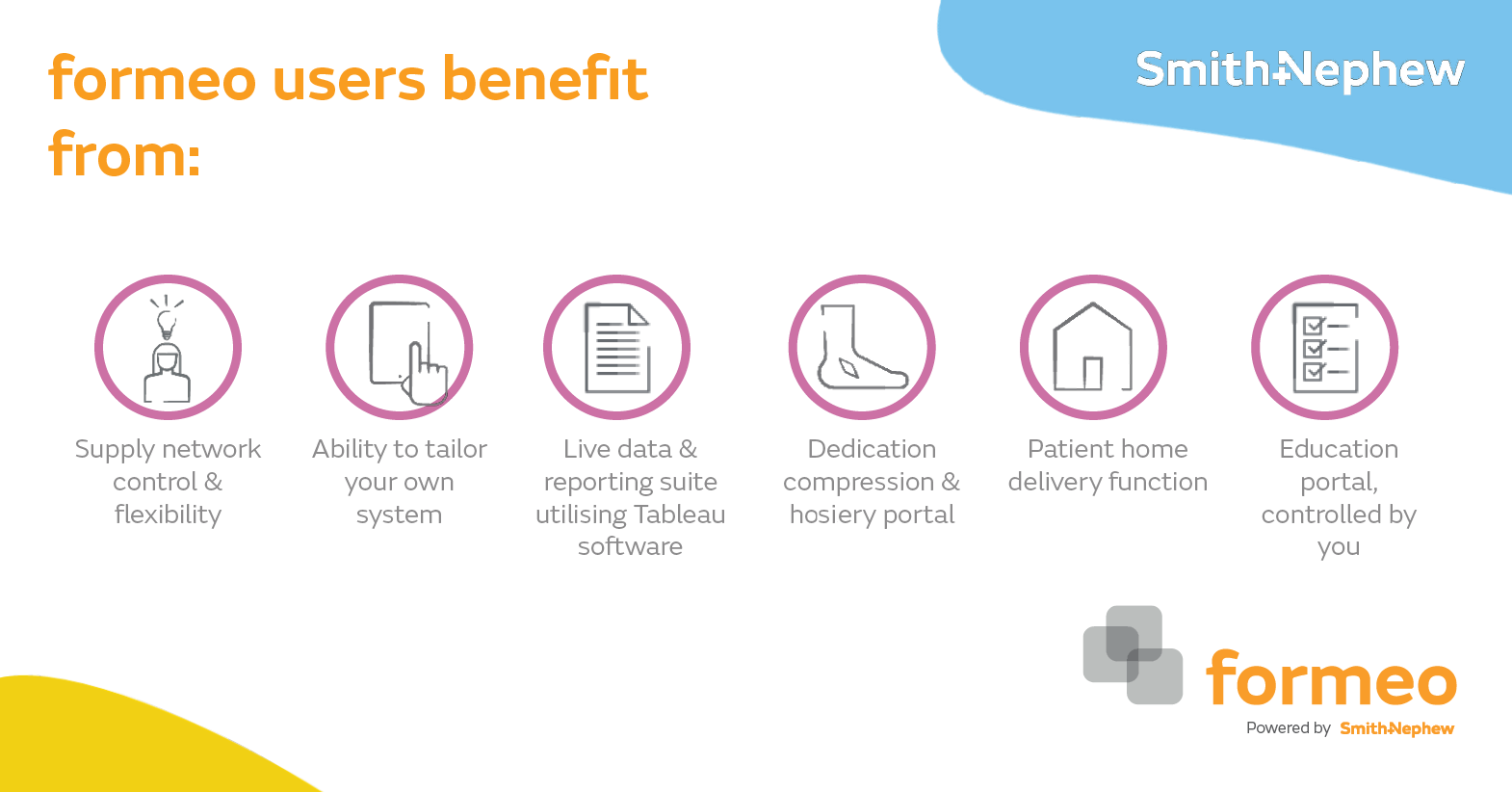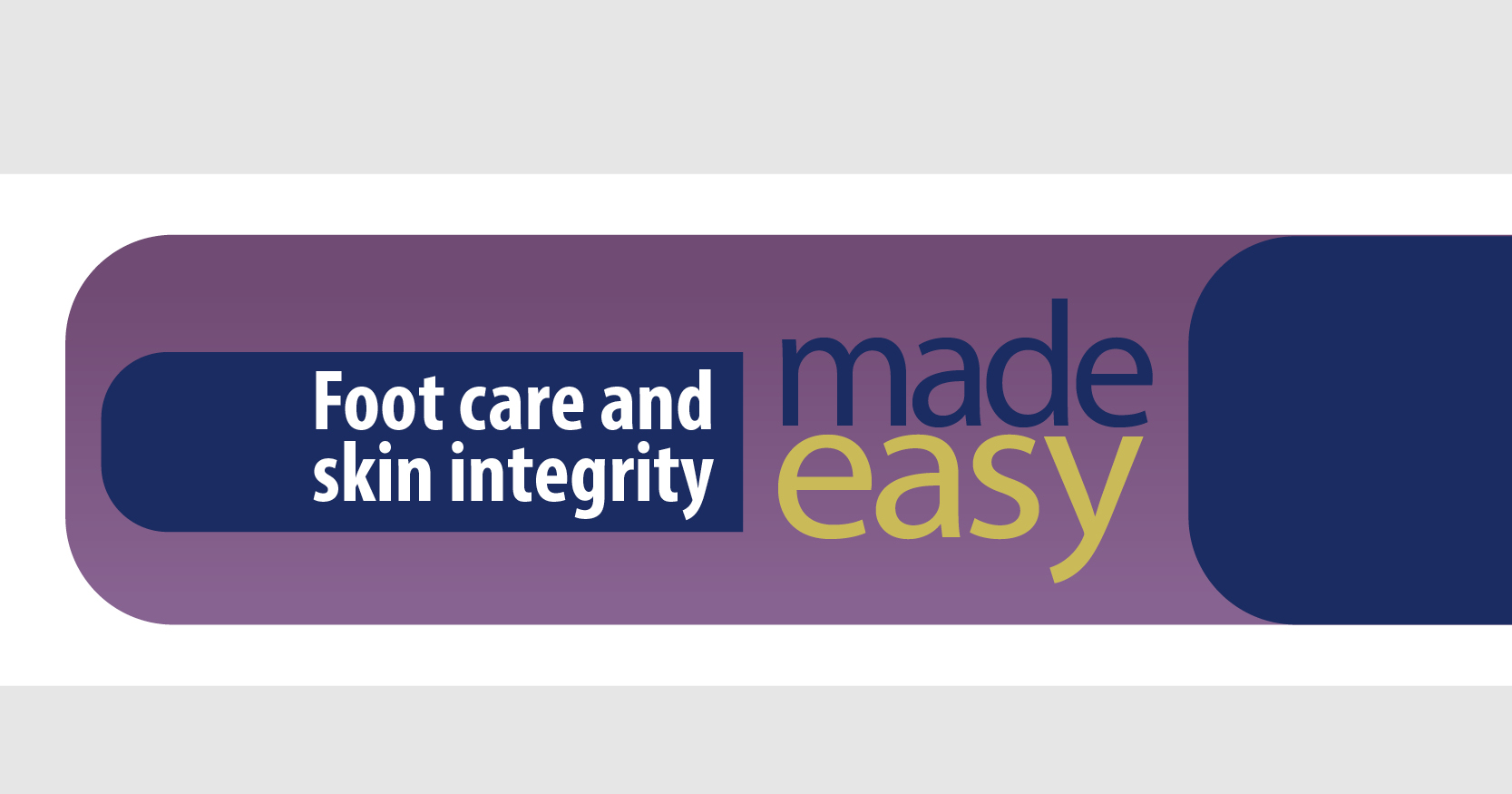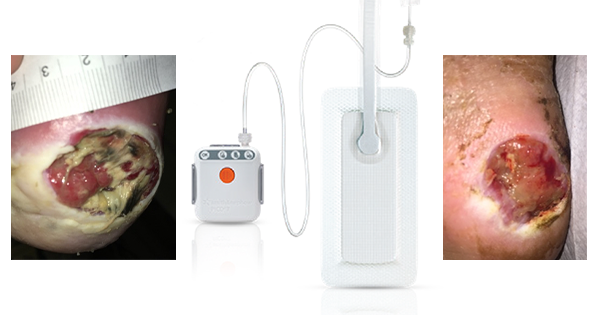ReferencesArmstrong DG, Boulton AJM, Bus SA (2017) Diabetic foot ulcers and their recurrence. New Eng J Med 376: 2367–75
Bradbury S, Price P (2011) The impact of diabetic foot ulcer pain on patient quality of life. Wounds UK 7(4): 32–49
Guest JF, Ayoub N, McIlwraith T et al (2015) Health economic burden that wounds impose on the National Health Service in the UK. BMJ Open 5: e009283
Guest JF, Fuller GW, Vowden P (2018) Diabetic foot ulcer management in clinical practice in the UK: costs and outcomes. Int Wound J 15: 43–52
Harding K (2016) The essential role of oxygen in wound healing. Presentation. Wounds UK, Harrogate. Inotec AMD Ltd. Data on file
Hayes P, Lee H, Curran G, Loftus I (2015) Topical oxygen therapy helps healing of diabetic foot ulcers. Poster presentation. Canadian Association of Wound Care (CAWC) Conference, Toronto
Ince P, Abbas ZG, Lutale JK et al (2008) Use of the SINBAD classification system and score in comparing outcome of foot ulcer management on three continents. Diabetes Care 31(5): 964–7
Jupiter DC, Thorud JC, Buckley CJ, Shibuya N (2016) The impact of foot ulceration and amputation on mortality in diabetic patients. I: From ulceration to death, a systematic review. Int Wound J 13: 892–903
Kaufman H (2016) A new approach in oxygen wound therapy: an overview of NATROX experience in Israel. Abstract and presentation. World Union of Wound Healing Societies, Florence
Kerr M (2017) Diabetic Foot Care in England: an economic study. London: Insight Health Economics for Diabetes UK
National Diabetes Footcare Audit (2017) Diabetes Foot Care: Are services in England and Wales putting your feet first? Available at: https://bit.ly/2IPGyDz (accessed 11.10.2019)
NICE (2015) Diabetic foot problems: prevention and management (NG19). London: NICE. Available at: https://www.nice.org.uk/guidance/ng19 (accessed 29.04.19)
World Health Organisation (2016) Global Report on Diabetes. WHO, Geneva, Switzerland. Available at: https://bit.ly/2HQbtiF (accessed 03.06.19)
Wounds UK (2018) Best practice recommendations for the implementation of a DFU pathway. Available at: https://bit.ly/2owsFDl (accessed 11.10.2019)
Wu S, Driver VR, Wrobel JS et al (2007) Foot ulcers in the diabetic patient, prevention and treatment. Vasc Health Risk Manag 3(1): 65–76
Yu J, Lu S, McLaren A-M et al (2016) Topical oxygen therapy results in complete wound healing in diabetic foot ulcers. J Vasc Surg 24(6): 1536







